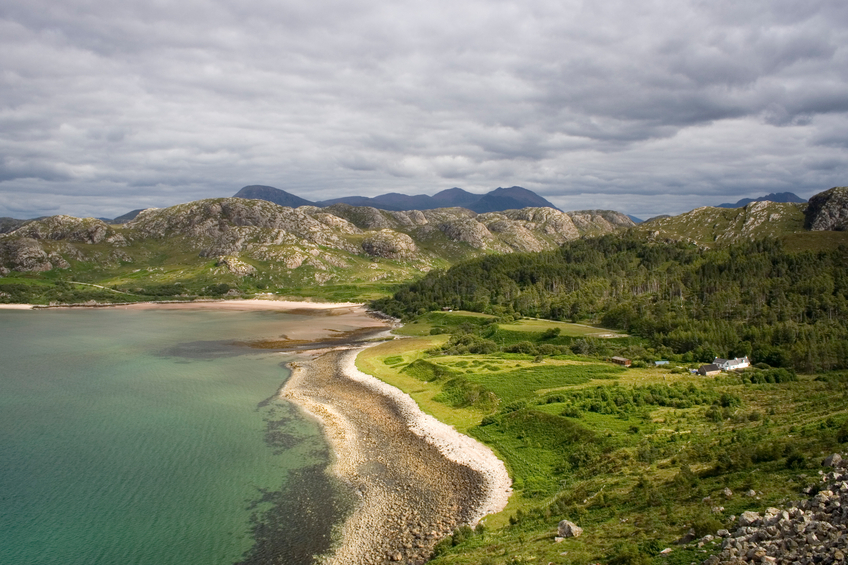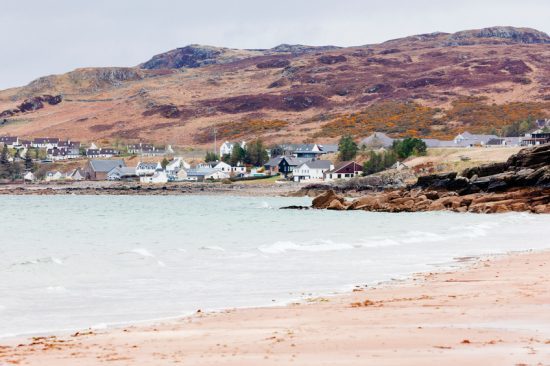
It’s not often that the mountains of the far north-west have to compete for attention. Even folk who have never climbed a hill in their puff can’t prevent their eyes be drawn to the high tops, if only from the comfort of their cars. The mountains, though, have serious competition when we follow the road around the south shore of Gruinard Bay.
I was heading home from a few days in Gairloch and, as always, just had to stop at the top of the steep brae above Gruinard’s famous sandy beach. To youngsters, Gruinard is a place to associate with sand and seaside fun. To older generations, beauty is only skin deep and beneath the name remains a past perhaps best forgotten.

Climbing to the top of the 328 feet high hill, I win a grand view over Gruinard Island three-quarters of a mile off shore. During World War II this was the scene of a terrifying experiment in biological warfare. To test the outcome of a possible biological attack, a canister of anthrax spores was dropped on the island’s residents – a flock of sheep. The result was pretty conclusive and quick to learn. I can still remember passing this way and seeing the warning signs to keep away. Thankfully, since 1990, following a major decontamination effort the island is once again safe.
Few who stop off at Gruinard will go far beyond the sands. Today, however, I turned my back on the beach and headed inland, following the Inverianvie Burn for about a mile to discover its fine set of falls. Surprise, surprise – I had them all to myself…
Photographs: iStock




